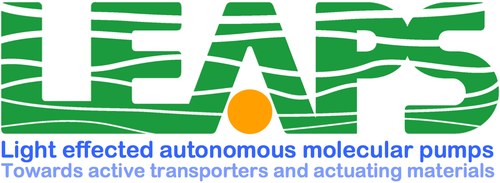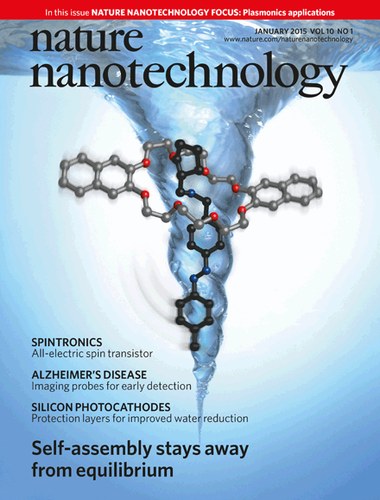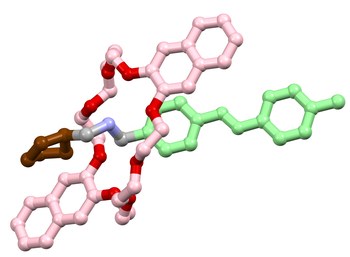Project
LEAPS, "Light Effected autonomous molecular pumps: Towards active transporters and actuating materials", is a European Research Council Advanced Grant Project led by Prof. Alberto Credi for the realisation of nanoscale systems that can transport molecules in a controlled manner using the energy of light. With nearly 2.5 million Euros in funding, the LEAPS project is the first of its kind for the University of Bologna and is only the fifth in the field of science chemicals in all of Italy since 2007. LEAPS holds promising expectations to open new avenues in various fields of science, technology and medicine. LEAPS has received funding from the European Research Council (ERC) under the European Union’s Horizon 2020 research and innovation programme (grant agreement No. 692981).

Five-year project with 3 specific challenges
- the transport of molecules in a controlled manner along a specific direction for a distance of several nanometres;
- the pumping of molecules between two physically separated compartments of a solution through a membrane;
- the construction of polymeric materials through which the operation of the molecular pump is able to produce structural changes (cross-linking of the polymer chains).
Reaching the first and second objectives will allow the team to mimic the molecular transport into cells, which will have important implications for biomedical uses, while the second and third objectives may point to another important result: converting solar energy and storing it in the form of chemical energy thus artificially replicating the process photosynthesis.

The foundation of the LEAPS project is based on a prototype of molecular pump developed by Prof. Credi and his team who published their study in Nature Nanotechnology in 2015. This result stems from the long experience of Credi’s research group in studying artificial molecular machines. The Bologna laboratory is now a reference point for these types of studies worldwide.

The challenge for the LEAPS Team is to create a polymer able to harness the energy of light with the scope of then releasing it through controlled and manipulated movements. With materials like these it could one day be possible to build artificial muscle fibres activated by light and possibly one day it will be able to use these fibres to build robots fuelled directly by the sun's energy.
TECHNICAL ABSTRACT
The crucial role played by molecular motors in major biological processes gives a clue on the potential of these nanoscale devices for technology. Their exploitation depends on our ability to build working and robust artificial systems, and to interface them with their environment or other molecular constructs for using the motion to carry out tasks.
The goal of this project is to develop the first synthetic photochemical supramolecular pumps and to apply them for performing nanoscale transport functions and macroscopic actuation. The motor modules, which rely on a functioning and affordable minimalist design based on first principles and threaded topologies, operate autonomously away from equilibrium by using light as a clean energy source, can be switched on/off chemically, and are easy to make and functionalize. Appropriately designed motors will be embedded in the bilayer of vesicles to pump molecules across physically separated places, thereby photogenerating concentration gradients. In parallel we plan to arrange the pump modules in oligomeric tracks and investigate the autonomous, directional and processive displacement of a molecule over a few nm. These linear motors will be equipped with a cargo that can be loaded/unloaded with control, yielding the first man-made molecular transporters. Finally, we will integrate the pump components in polymeric scaffolds such that the photoinduced operation of the motors produces a non-equilibrium entanglement of the polymer chains, that can be eventually unravelled by chemical stimulation. Such materials may be used to convert, store, and reuse the energy of (sun)light upon demand.
All the above functionalities are unprecedented for wholly synthetic chemical structures. Their demonstration would be a landmark result in supramolecular chemistry and nanoscience, and open up radically new directions for nanotechnology, nanomedicine, and energy conversion.
Highlights
University Department
Dipartimento di Chimica Industriale "Toso Montanari"
Laboratories
Consiglio Nazionale della Ricerca Area di Bologna